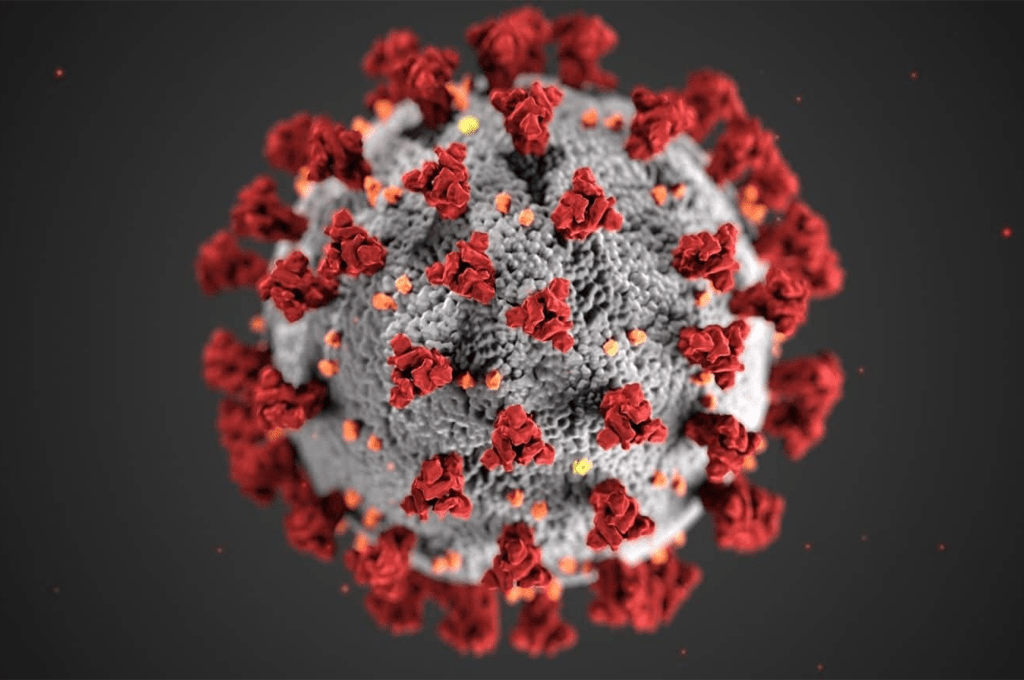Virtual screening for enzyme inhibitors enables efficient drug discovery
A recent study demonstrates that the use of virtual tools is an efficient way to discover chemical structures with the ability to inhibit enzyme activity. The project was led by Jens Carlsson (Uppsala University/SciLifeLab), in collaboration with Thomas Helleday (Karolinska Institutet/SciLifeLab).
An emerging strategy in early drug discovery entails using fragments, i.e. molecules smaller than conventional drug candidates, as starting points for design of novel therapeutic compounds. The present study employed computer simulations to screen 300,000 fragments using an atomic resolution structure of the cancer target MTH1, an enzyme part of the DNA-repair machinery of the cell. By using a novel in silico screening approach, the researchers were able to identify several fragments with the capacity to bind to MTH1. Subsequently, the fragments were optimized to potent enzyme inhibitors using atomic resolution models. The method is an efficient alternative to experimental screening and can hence reduce the time and costs for drug development.
Read the full paper in Journal of Medicinal Chemistry




